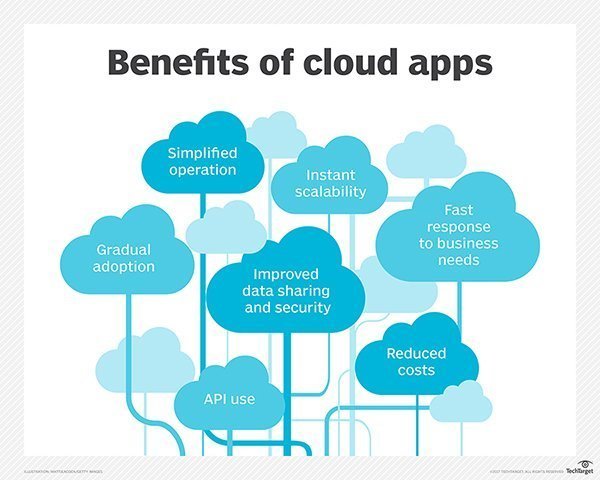Upgrade & Secure Your Future with DevOps, SRE, DevSecOps, MLOps!
We spend hours on Instagram and YouTube and waste money on coffee and fast food, but won’t spend 30 minutes a day learning skills to boost our careers.
Master in DevOps, SRE, DevSecOps & MLOps!
Learn from Guru Rajesh Kumar and double your salary in just one year.
Source – devopsagenda.techtarget.com
You have probably heard the phrase, “your business needs to become a digital attacker.” While intense, it conveys the need to deliver a better, faster product.
Without delivering quality at velocity, you won’t have room to disrupt, and ultimately, be more successful. To be a “digital attacker,” you must have DevOps strategies. You must be open to a DevOps transformation. You must try, test and optimize new ways of doing DevOps When these new strategies work, implement them; when they don’t, move on. It sounds simple, but doing this at scale without hiring an army of developers is challenging.
And in today’s business environment, users expect an interactive experiencefor even the most basic task. Beyond these user expectations, you also mustmeasure the overall business impact to see if the efforts translate to additional revenue.
There’s a lot to consider, so I’ve come up with seven ways to use IT as a differentiator and become a true digital attacker.
Automate your DevOps processes
In a recent survey from EMA Research, the top three pain points reported for enterprises implementing DevOps strategies were cost (42%), speed (36%) and prioritization (32%).
These all have one thing in common; they’re all due to lack of automation.
By automating your processes wherever possible, you not only create additional bandwidth for your IT organization, you create an inherent prioritization of development tasks. Automated development items instantly fall off the list, allowing your team to focus more on high-impact tasks that align directly with business objectives.
Bottom line, automation is a fundamental key to successful DevOps strategies and should be a top priority for potential digital attackers.
Enforce security and compliance
If you’re in the financial services industry, healthcare or government, the idea of automating everything will make your heart pound. To many people, automation and security are two diametrically opposed ideas. For audit and compliance-heavy verticals, the desire to move faster is at odds with security compliance and risk management.
The good news is this is not the case when you carry out automation correctly with the proper tools. These tools have security and compliancefundamentally baked in, with functionality to audit everything, and offer real-time tracking of every action on every resource, all with detailed logs.
Plan for container management
Why are containers a hot topic in the development community? Fundamentally, containers just enable velocity on the side of the developer, right?
While that’s true, the way containers accomplish this increased velocity is important to consider. Containers provide a uniform means of distributing an application with all its dependencies and all its environments. They also allow developers to move applications more efficiently from point A to point B, because of containers’ decreased size and increased portability.
Ultimately, these container traits enable better environment fidelity throughout the entire pipeline, which is a key to successful DevOps strategies.
Consider private cloud options
The EMA Research survey revealed something surprising. Private cloud is coming back, and it’s a much bigger investment priority than expanding public cloud, or even containers.

Indeed, the tools that govern multiple clouds are immature, and multi-cloud managers are still rare. Organizations are looking for technology options that tie everything together — reporting, automation and auditing. Ultimately, you want your teams to be able to treat every deployment target equally. It shouldn’t matter if it’s a private or public cloud, containerized or serverless.
Focus on integration between cloud and data center
When it comes to integrating the cloud and the data center, it’s important to reuse what’s already built so you don’t have to throw things away. DevOps strategies are ultimately about optimizing existing tactics while developing new ones. By prioritizing the way your cloud integrates with your data center, you can achieve better results.
Demand a single pane of glass
“Single pane of glass” is more than just “nice to have.” It’s imperative to realizing the full potential of DevOps.
Visibility is key to a thriving DevOps environment. In fact, without single pane of glass monitoring, siloed teams might not even know they’re siloed until they have bigger issues with the process, at which point it’s more difficult to fix.
With a single pane of glass approach, where all teams have an awareness of KPIs, business objectives and how their applications are performing, teams develop a greater understanding of inter-squad dependencies, skill sets and opportunities for optimization.
Push your developers to serverless functions
The EMA Research survey also revealed that just 11% of respondents are using serverless functions. However, this isn’t because they don’t have a great use case, but simply because many organizations just aren’t ready.
Some of the benefits, like reduced operational and development costs and reduced scaling costs, are too significant to ignore. Pushing teams towards serverless functions as a long-term DevOps strategy can be a real money saver.
Lower costs, better prioritization and optimization, and a sound foundation on which to build your DevOps strategy, all make for a more flexible and scalable DevOps approach. Focusing on these priorities as you close out 2017 can put you on the right track for your DevOps transformation.

 Starting: 1st of Every Month
Starting: 1st of Every Month  +91 8409492687 |
+91 8409492687 |  Contact@DevOpsSchool.com
Contact@DevOpsSchool.com